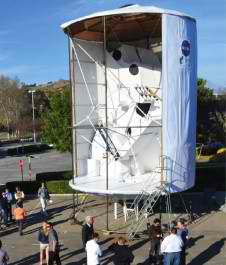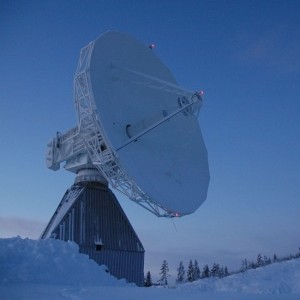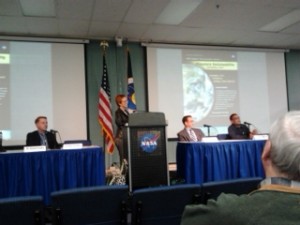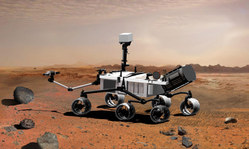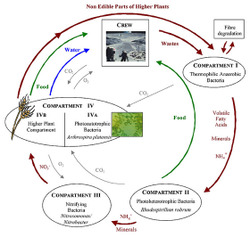
Noctilucent clouds (credit: Project PoSSUM)
Project PoSSUM (Polar Suborbital Science in the Upper Mesosphere) seeks nearly invisible clouds at the literal edge of space. These noctilucent clouds may be important indicators of climate change. Yet to get a good look at them requires getting up close, and that requires a spacecraft.
Noctilucent clouds are of interest within the climate science community as sensitive indicators for what goes on in the upper-mid atmosphere. “If we can understand more about this, we can understand more about global changes,” according principle investigator Dr. Jason Reimuller, “how the upper atmosphere is coupled with the lower atmosphere.”
According to the Project’s website, the extremely cold temperatures and very low density of the mesosphere creates an environment where very small changes in the atmosphere can drive large changes in observed noctilucent cloud properties. So by observing noctilucent clouds, we can learn a lot about the atmosphere as a whole.
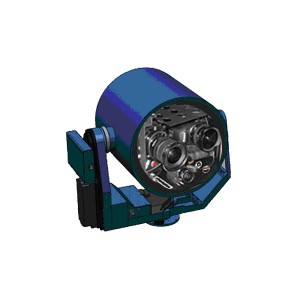
PoSSUMCam
PoSSUM uses imaging and remote sensing techniques from commercial, reusable suborbital space vehicles to address critical questions about the climate, and has developed its own instrumentation. PoSSUM Observatory obtains high-altitude imagery and remote sensing data, and capture mesoscale phenomena in the atmosphere or on the ground. It also includes LiDAR and thermal mapping capabilities and can be readily integrated on-board suborbital spacecraft. The PoSSUM Aeronomy Laboratory contains Mesospheric Aerosol Sampling Spectrometer (MASS), Mesosphere Clear Air Turbulence (MCAT) and wind probe components.
Sounding rockets aren’t good enough. They aren’t in the neighborhood for long enough, and it is difficult to get high quality images as well as collateral atmospheric measurements such as temperature and pressure. So PoSSUM is designing its 2015 campaign experiment around the XCOR Lynx for a delpoyment to either Fairbanks, AK or Kiruna, Sweden
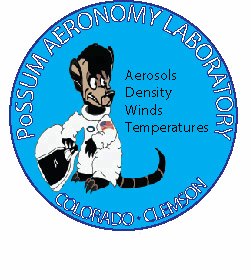
If you are interested in flying an experiment on a PoSSUM flight, they also have a Possum Guest Experiment facility.
Website: Project PoSSUM

